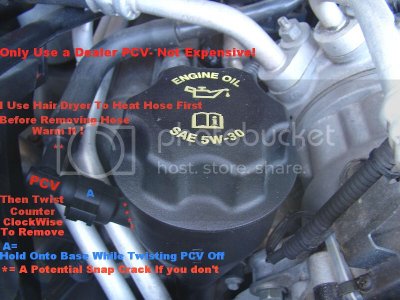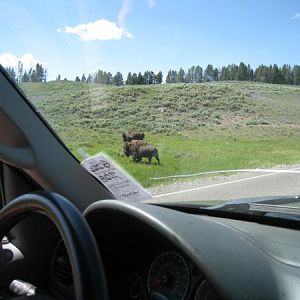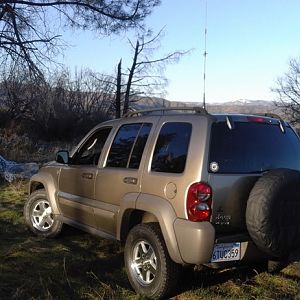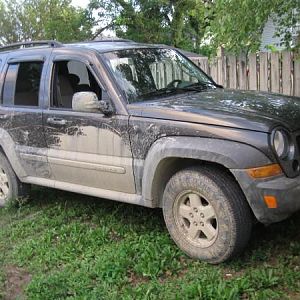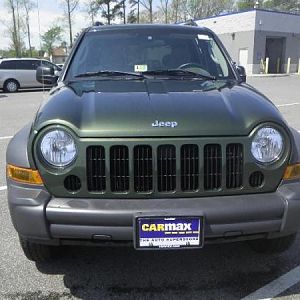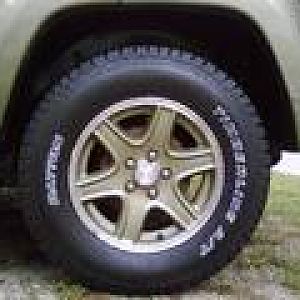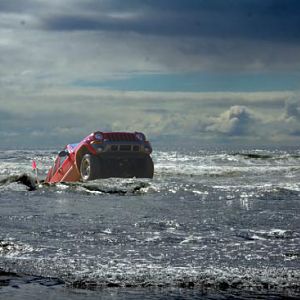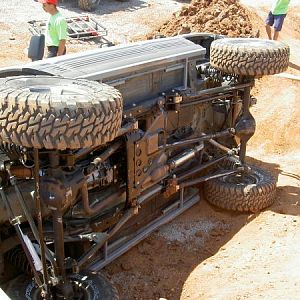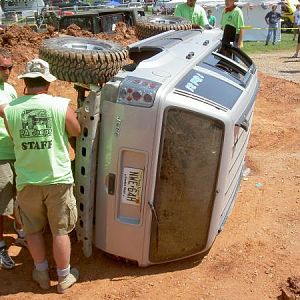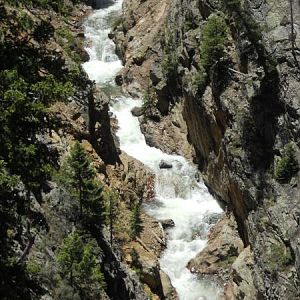Worn tires would give you better fuel milage. Less rolling resistance.Hey! Good advice. Thanks!
I got worn tires (that'll be replaced soon), that might also contribute to the bad mileage I'm getting. Assuming rear/front diff lubes were never replaced since 2003 - that should be relatively easy.
I am new to many of these terms.
Can you explain about : IAC/ports, PCV, filler tube? not sure what/where they are.
IAC = idle air control
It's mounted to the throttle body. It gets carbon build up and doesn't alow the motor to idle at the proper rpm. Or causes a rough idle.
Sent from my SM-G900V using Tapatalk


